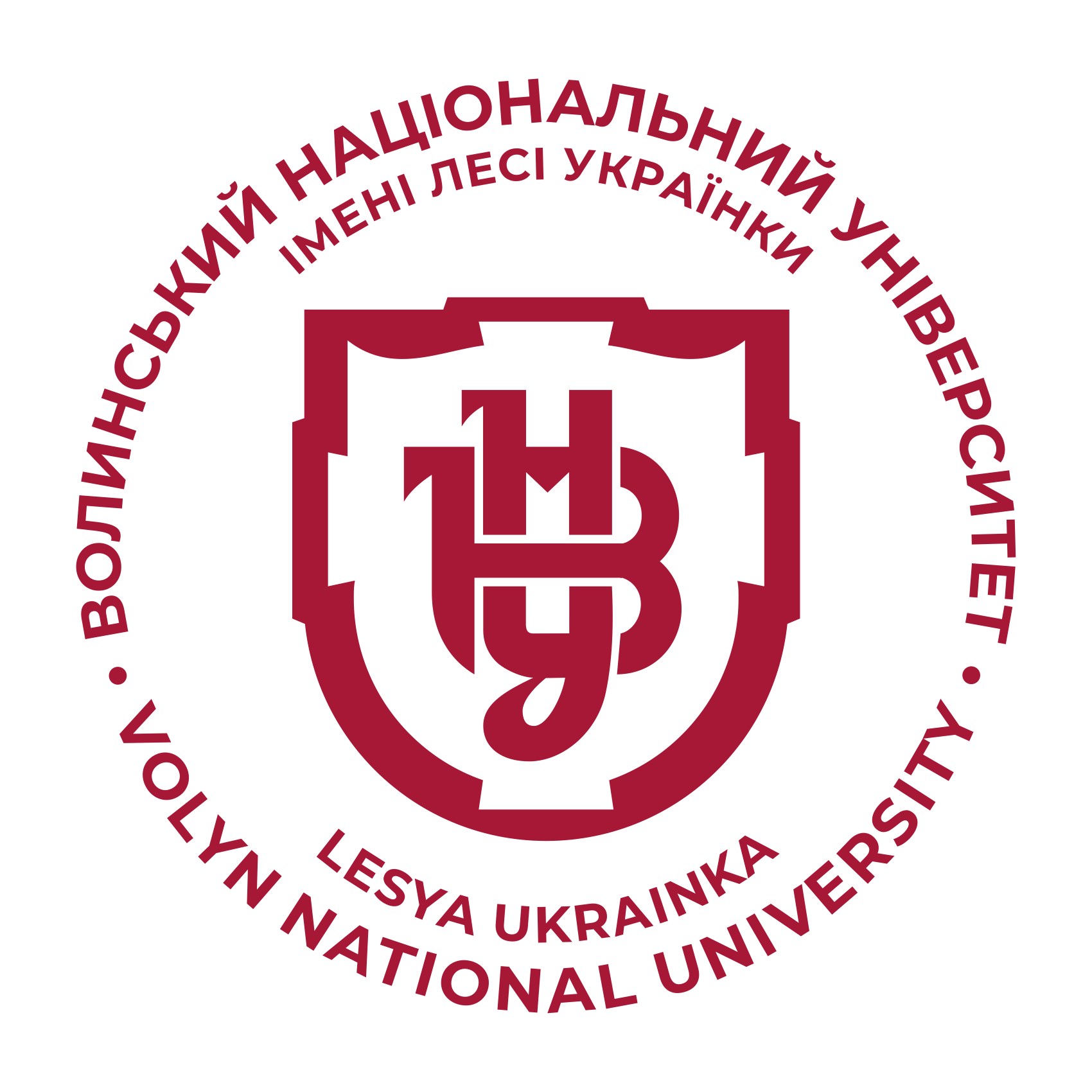HETMAN BOHDAN KHMELNYTSKY'S TRADE AND ECONOMIC POLICY
DOI:
https://doi.org/10.29038/2411-4014-2020-03-7-14Keywords:
trade, B. Khmelnitsky, economic policy, merchants, customs, customs, fair, trade policy, customs.Abstract
Introduction. The article deals with the activity of the Hetman's administration of B. Khmelnitsky aimed at conducting useful trade for the young Ukrainian state.
It shows the introduction of a new system of taxation of goods, the elimination of various customs barriers and robbery on trade routes, the ordering of measures of length, volume and weight. It reveals the brutal measures taken by the authorities to protect the property, rights and freedoms of merchants and traders.
The economic policies of B. Khmelnytsky and his government, which had elements of mercantilism and protectionism, saw a shift in the economy that had a positive effect on the state of domestic trade in a country that was gaining momentum, and the market was becoming an important component of the economic system.
The purpose of the article. Сomprehensive study of the development of domestic trade, determining the role of Hetman B. Khmelnitsky, his government and local authorities in this field.
Results. The number of fairs, bazaars and auctions increased, everyday urban commerce developed, and economic ties between particular regions of the country increased. Merchants, dealers, buyers, brokers, sales people and merchants were employed in various forms and types of trade. For some of them, trade was the main, sole source of existence, some combined with other types of work. The largest merchandise transactions in various commodities were carried out by wealthy merchants. VI Golubnychy wrote: “If the national market is understood as the ordinary development of trade between cities, the Ukrainian national market was created in the first half of the 17th century on the basis of the development of manufactories and crafts. Ultimately, the Ukrainian national market emerged as a Cossack-Hetman state ”
Conclusiоns. Initial accumulation in Ukraine through domestic trade was weak and vague. The transition from the primitive to the capitalist accumulation was slow, since Ukraine was not an independent entity and had no independent national market. The transformation of merchant capital into industrial capital took place without the influx of values from the outside.







